A Guide to Selecting Wall Lights for Cosy Living Rooms
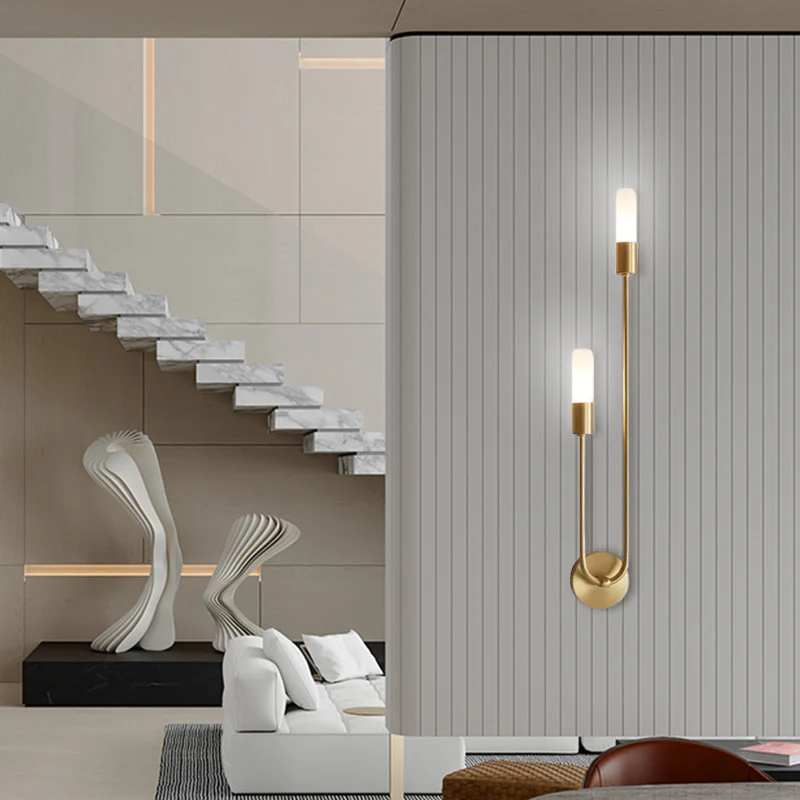
Choosing the right wall lights can transform your living room into a functional and inviting space. Wall lights for living rooms save valuable floor space, making them perfect for smaller areas. They enhance functionality by providing task lighting for activities like reading, while soft, indirect light creates a cosy atmosphere. When selecting wall lights for the living room, focus on your specific needs and the desired lighting for ambience. Matching the lights to your room’s style ensures a cohesive and harmonious design that elevates the overall experience.
Key Takeaways
Pick wall lights based on their use: general, specific, or decorative. This helps your living room look nice and work well.
Choose warm white light (2700K–3000K) for a snug feel. Use cooler white light (4000K–5000K) for focused spots, like reading corners.
Get wall lights that fit your room's size. Small lights suit tiny spaces, while big designs work in larger rooms.
Think about dimmable and smart wall lights for more control. These let you change brightness and set the mood for any event.
Make sure wall lights match your room's style. Pick finishes and designs that blend well to improve your space.
Understanding Lighting Needs
Ambient Lighting for Cosy Atmosphere
Ambient lighting serves as the foundation of any well-lit living room. It provides overall illumination, ensuring the space feels warm and inviting. You can achieve this by using wall lights that emit soft, diffused light, which creates a cosy atmosphere perfect for relaxation.
Research highlights the importance of tailored lighting in enhancing comfort and well-being. By mimicking natural light patterns, ambient lighting can positively influence your mood and overall health. Incorporating human-centric lighting principles into your living room design ensures a harmonious and comfortable environment.
Tip: Choose wall lights with adjustable brightness to adapt the ambience to different times of the day or occasions.
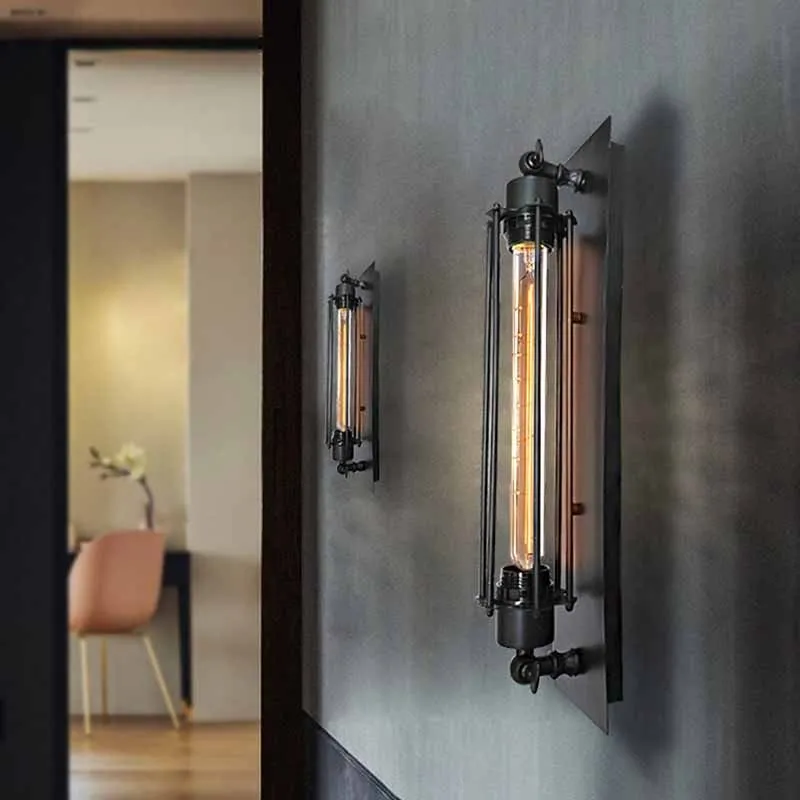
Task Lighting for Practical Use
Task lighting focuses on specific areas, making it easier to perform activities such as reading, knitting, or working on a laptop. Wall lights for living rooms can double as task lighting when strategically placed near seating areas or workspaces.
For example, a swing-arm wall light next to your favourite armchair provides focused illumination for reading without straining your eyes. Opt for lights with adjustable arms or heads to direct the light exactly where you need it.
Studies show that lighting design principles, such as colour temperature and intensity, play a crucial role in fulfilling functional needs. Cool white light works best for tasks requiring focus, while warmer tones are ideal for creating a relaxed setting.
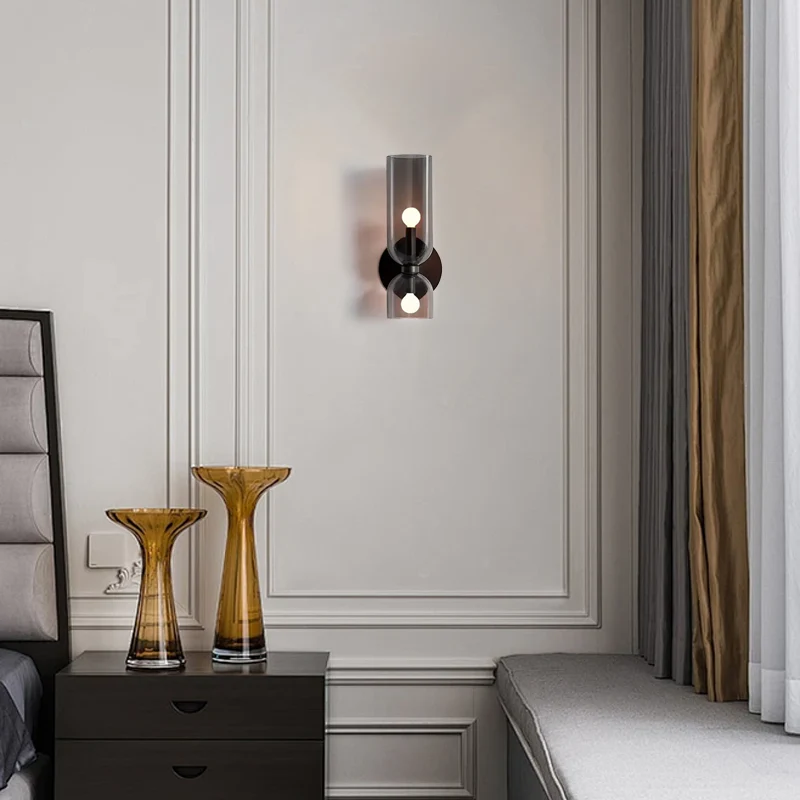
Accent Lighting to Highlight Features
Accent lighting adds depth and character to your living room by drawing attention to specific features. Whether you want to showcase a piece of artwork, an architectural detail, or a decorative item, wall lights can help you achieve this.
Here’s a quick comparison of lighting types and their uses:
Lighting Type |
Description |
Common Uses |
|---|---|---|
Ambient |
General lighting that provides overall illumination. |
Living rooms, offices, and hallways. |
Task |
Focused lighting for specific tasks. |
Home offices, kitchens, and workshops. |
Accent |
Highlights specific features in a room. |
Artwork, architectural details, and decorative pieces. |
Accent lighting not only enhances the aesthetic appeal of your living room but also creates a visually engaging space. Use wall lights with directional beams or dimmable features to control the intensity and focus of the light.
Note: When selecting accent lighting, ensure it complements the overall design of your living room to maintain a cohesive look.
How to Choose Wall Lights for Your Living Room
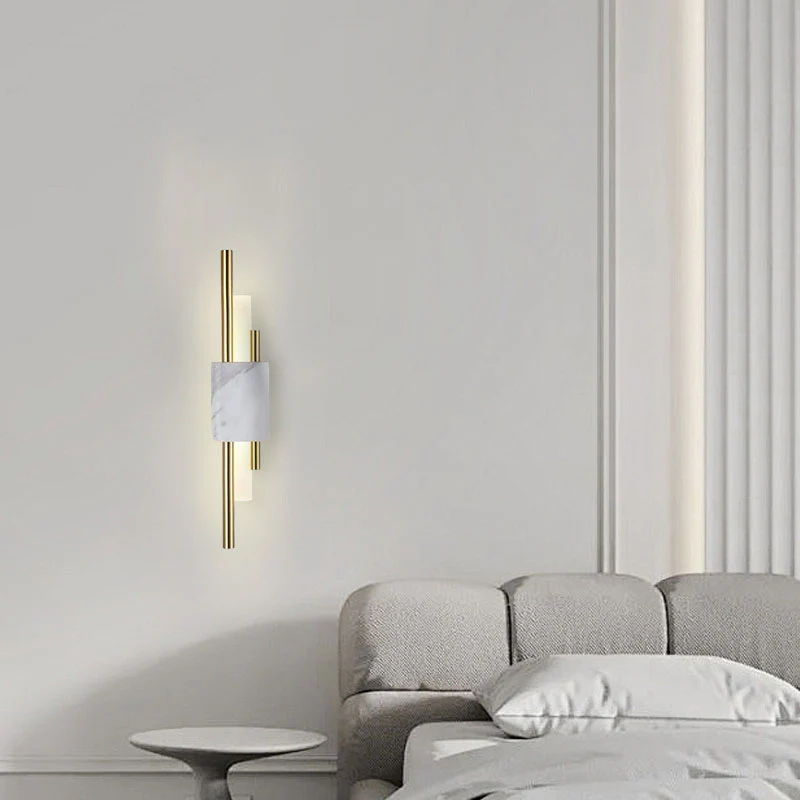
Determining the Purpose of Your Wall Lights
Before you choose wall lights, identify their primary purpose in your living room. Are you looking to create a warm and inviting ambience, illuminate a specific task area, or highlight a decorative feature? Each purpose requires a different type of lighting. For instance, ambient lighting works well for general illumination, while task lighting is ideal for focused activities like reading. Accent lighting, on the other hand, helps draw attention to artwork or architectural details.
Understanding your lighting needs ensures you select the right wall lights that enhance both functionality and aesthetics. A clear purpose also helps you avoid over-lighting or under-lighting your space, creating a balanced and comfortable environment.
Tip: Combine multiple lighting types to achieve a layered effect that adds depth and dimension to your living room.
Selecting the Right Brightness and Colour Temperature
Brightness and colour temperature play a crucial role in setting the mood of your living room. Brightness is measured in lumens, while colour temperature is measured in Kelvin (K). For a cosy and relaxing atmosphere, opt for warm white light (2700K–3000K). If you need task lighting, choose a cooler white light (4000K–5000K) to improve focus and visibility.
When selecting brightness, consider the size of your room and the placement of the wall lights. Larger spaces may require higher lumen output or multiple fixtures to ensure even illumination. Dimmable wall lights offer flexibility, allowing you to adjust the brightness based on the time of day or activity.
Note: LED wall lights are an excellent choice for energy efficiency and long-term cost savings.
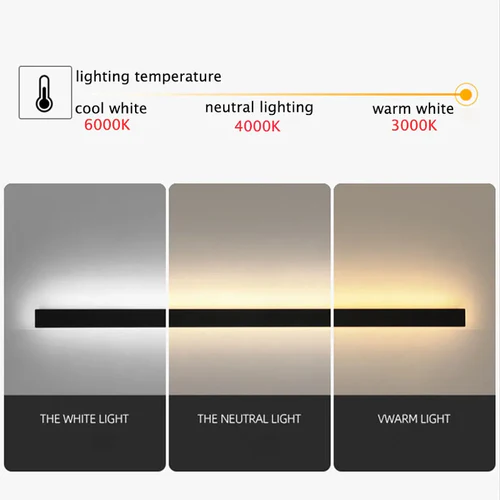
Matching Wall Lights to Your Room's Size
The size of your living room significantly influences your choice of wall lights. In smaller rooms, compact fixtures prevent the space from feeling overcrowded. For larger living rooms, bold and statement wall lights can serve as focal points while providing ample illumination.
Spacing between wall lights is equally important. Avoid placing them too close together, as this can create a cluttered look. Instead, maintain a consistent distance to achieve a balanced and harmonious design. If your living room has an open-plan layout, use wall lights to define different zones, such as seating or dining areas.
Tip: Install wall lights at eye level to ensure optimal lighting and visual comfort.

Choosing the Right Style and Design
Minimalist Wall Lights for Modern Living Rooms
Minimalist wall lights are perfect for modern living rooms. Their clean lines and understated designs create a sleek and uncluttered look. These lights often feature simple geometric shapes or slim profiles, making them ideal for spaces where less is more. You can use them to complement a minimalist aesthetic, where every element serves a purpose without overwhelming the room.
Recent design trends highlight the popularity of minimalist lighting. Smaller and more discreet designs have become a staple in contemporary homes. Minimalist line art, often seen in wall decor, aligns beautifully with these lighting styles. This combination creates a cohesive and elegant atmosphere in your living room.
Tip: Choose minimalist wall lights with neutral finishes like black, white, or metallic tones to maintain a modern and timeless appeal.
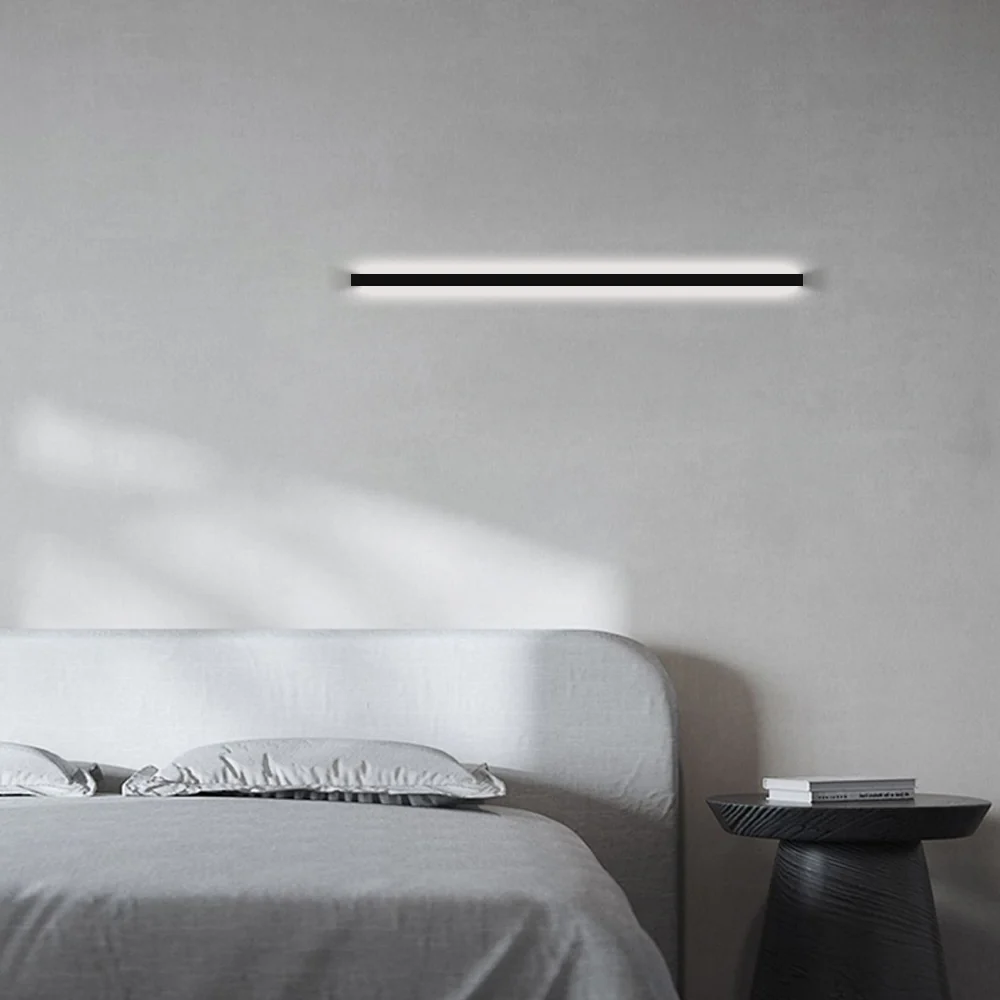
Minimalist Wall Lights
Sign up to get 18% off your first purchase
Statement Wall Lights for a Bold Aesthetic
If you want to make a bold impression, statement wall lights are the way to go. These designer wall lights act as focal points, drawing attention with their unique shapes, vibrant colours, or intricate details. They not only provide illumination but also serve as decorative pieces that elevate your living room’s style.
When planning statement wall light placement, consider areas where they can stand out without overpowering the space. For example, place them above a console table or next to a striking piece of furniture. This ensures they enhance the room’s aesthetic without creating visual clutter.
The trend towards simplicity in wall decor complements statement wall lights. While the decor remains minimal, these lights add a touch of drama and personality, creating a balanced yet impactful design.
Note: Ensure the size of your statement wall lights matches the scale of your living room to maintain visual harmony.
Materials and Finishes to Complement Décor
The materials and finishes of your wall lights play a crucial role in tying your living room’s design together. For a modern look, opt for materials like metal, glass, or acrylic. These materials exude sophistication and work well with contemporary furniture. If your living room has a more traditional style, consider wall lights with brass or bronze finishes for a classic touch.
Matte finishes offer a subtle and refined look, while glossy or polished finishes add a sense of luxury. You can also experiment with textured materials, such as frosted glass or hammered metal, to introduce depth and interest. Matching the finishes of your wall lights with other elements in the room, like door handles or light fixtures, creates a cohesive and well-thought-out design.
Tip: When selecting designer wall lights, prioritise materials that are durable and easy to maintain for long-lasting style.
Practical Considerations for Wall Lights
Ideal Placement and Installation Height
Proper placement and installation height are essential for achieving optimal lighting and comfort in your living room. Wall lights should be positioned to provide even illumination without creating harsh shadows or bright spots.
Install wall-mounted lights at a height of approximately six feet from the floor. This height works well for most living rooms, but you can adjust it based on the size of the fixture or the height of your family members.
Space the fixtures evenly, placing one every six to eight feet. This ensures balanced lighting throughout the room.
Use low-profile wall light fixtures in narrow or high-traffic areas to prevent obstruction and maintain a clean look.
When planning placement, consider the purpose of the light. For example, install task lighting near seating areas or reading nooks. Ambient lighting should be evenly distributed to create a cosy atmosphere.
Tip: Test the placement of your wall lights before installation by temporarily mounting them. This allows you to adjust the height and spacing for the best results.
Wiring and Power Source Options
Wiring and power sources play a critical role in the safety and functionality of your wall lights. Faulty wiring can lead to serious hazards, such as fires or electrocution. Always prioritise safety when working with electrical systems.
Turn off the electricity at the circuit breaker before starting any work on your walls. This prevents accidents with live wires.
Consult local building codes and laws to ensure your installation meets safety standards.
Hire a professional electrician if you are unsure about wiring or power source requirements. Their expertise can help you avoid costly mistakes.
For added convenience, consider wall lights with plug-in options. These fixtures are easy to install and do not require hardwiring. However, hardwired wall lights offer a cleaner look and are ideal for permanent installations.
Note: Proper exterior lighting design is also crucial for security. If your living room connects to an outdoor space, ensure the lighting enhances safety and visibility.
Proportional Sizing for Wall Lights
The size of your wall lights should complement the dimensions of your living room. Oversized fixtures can overwhelm a small space, while tiny lights may look out of place in a large room.
Choose compact wall lights for smaller living rooms to maintain a balanced and uncluttered appearance.
In larger spaces, opt for bold or statement fixtures that provide ample illumination and serve as decorative elements.
Maintain proportional spacing between fixtures to create a cohesive design.
When selecting wall lights for living rooms, consider the scale of your furniture and other décor elements. Matching the size of your lights to the room’s overall aesthetic ensures a harmonious and visually appealing result.
Tip: Use a measuring tape to visualise how different sizes of wall lights will look in your space before making a purchase.
Enhancing Functionality of Wall Lights
Dimmable Wall Lights for Adjustable Lighting
Dimmable wall lights offer you the flexibility to adjust the brightness of your living room lighting. This feature allows you to create the perfect ambience for any occasion. Whether you want a soft glow for a relaxing evening or brighter light for reading, dimmable wall lights can cater to your needs.
These lights are particularly useful in multi-functional spaces. For example, you can dim the lights during a movie night or brighten them when hosting guests. Modern dimmable wall light options often come with remote controls or smartphone compatibility, making them even more convenient to use.
Tip: When choosing dimmable wall lights, ensure they are compatible with your existing dimmer switches or smart home systems.
Smart Lighting Features for Convenience
Smart wall lights bring a new level of convenience to your living room. These lights can connect to your home’s Wi-Fi, allowing you to control them through apps or voice commands. You can adjust brightness, change colour temperatures, or even set schedules without leaving your seat.
Smart lighting also enhances energy efficiency. Features like motion sensors or timers ensure the lights turn off when not in use. This reduces energy waste and lowers your electricity bills.
Note: Look for smart wall lights that integrate with popular platforms like Alexa, Google Home, or Apple HomeKit for seamless operation.
Energy-Efficient Wall Lights for Cost Savings
Energy-efficient wall lights help you save money while reducing your environmental impact. LED wall lights are a popular choice due to their low energy consumption and long lifespan. They use significantly less electricity compared to traditional bulbs, making them a cost-effective option for your living room.
You can also find energy-efficient wall lights with certifications like Energy Star. These lights meet strict energy-saving standards, ensuring you get the best performance with minimal power usage.
Tip: Combine energy-efficient wall lights with dimmable features to maximise savings and extend the lifespan of your bulbs.
Tips for Matching Wall Lights with Room Décor
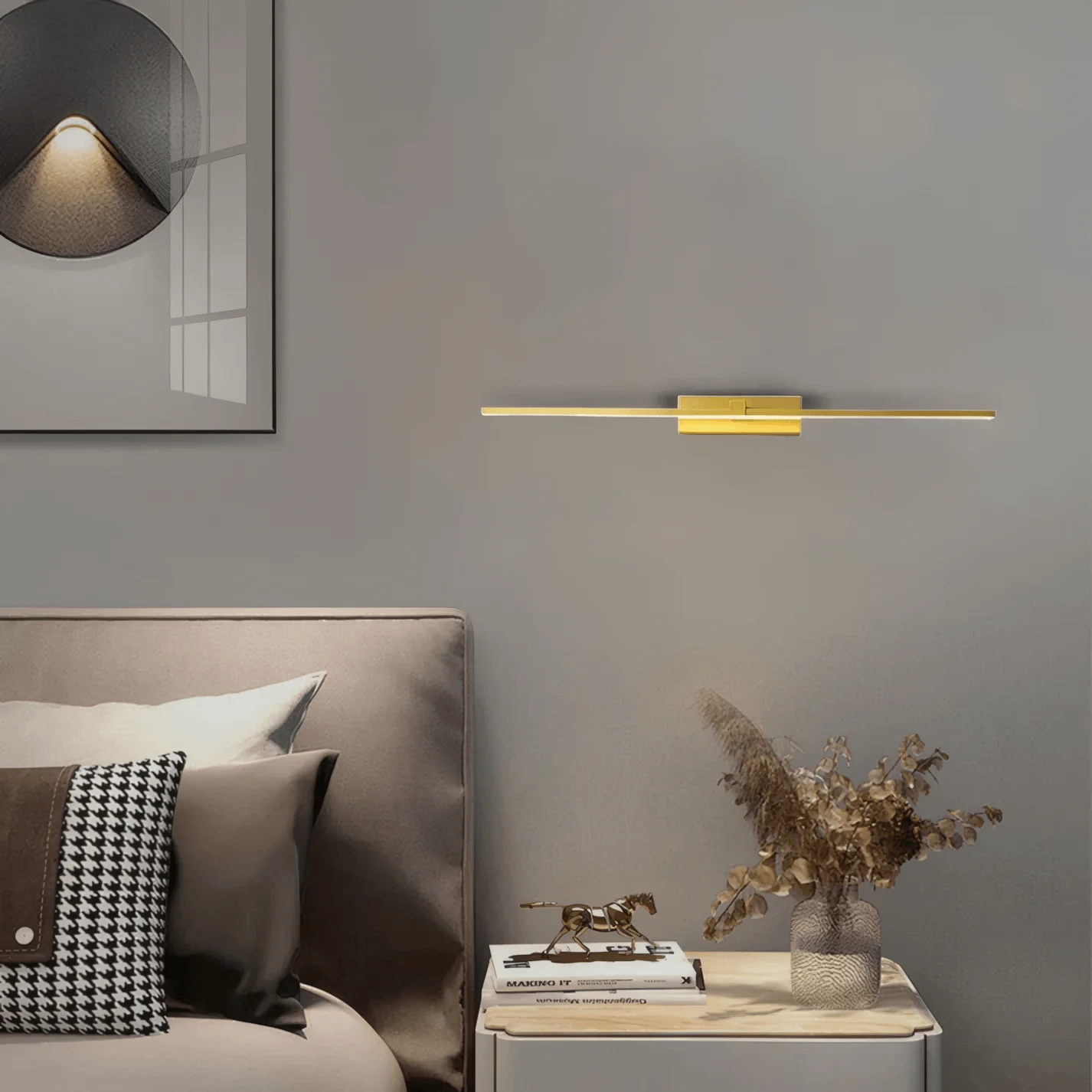
Coordinating Wall Lights with Furniture and Colours
Wall lights can seamlessly tie together your living room’s furniture and colour palette. Choose fixtures that complement the tones and textures of your furnishings. For example, metallic finishes like brass or chrome pair beautifully with modern furniture, while wooden or matte finishes suit rustic or traditional styles. Matching the light’s colour temperature to your room’s palette also enhances harmony. Warm white light works well with earthy tones, while cooler light complements neutral or monochromatic schemes.
Wall lights also serve as accent lighting, highlighting decor elements such as artwork or textured walls. This creates a layered lighting effect, adding depth and character to your space. Strategic placement can define zones in open-plan layouts, making your living room feel more organised and inviting.
Tip: Place wall lights just above eye level to avoid glare and ensure visual comfort.
Balancing Wall Lights with Other Fixtures
Achieving balance between wall lights and other fixtures, such as ceiling lights or floor lamps, is key to a cohesive design. Avoid overcrowding your space with too many light sources. Instead, use wall lights to complement existing fixtures. For instance, pair dimmable wall lights with a chandelier to create a versatile lighting scheme.
Wall-mounted lights can also replace table lamps in smaller rooms, freeing up surface space. This not only improves functionality but also enhances the room’s aesthetic by reducing clutter.
Note: Use wall lights in alcoves or corners to make your living room appear larger and more spacious.
Creating a Cohesive Look with Accessories
Accessories like cushions, rugs, and curtains can help unify your wall lights with the rest of your decor. Match the finishes of your wall lights with metallic accents in your room, such as picture frames or vases. Similarly, coordinate the light’s style with the overall theme of your living room. For example, industrial-style lights pair well with exposed brick walls and leather furniture.
Layered lighting, achieved by combining wall lights with other sources, enhances the room’s character. Highlighting architectural features or artwork with wall lights adds depth and sophistication to your space.
Tip: Experiment with textured materials like frosted glass or hammered metal for a unique and cohesive design.
Choosing the right wall lights transforms your living room into a cosy and functional haven. Thoughtful lighting choices brighten the space, create a welcoming atmosphere, and highlight your décor.
The right fixtures can alter the ambience, making the room feel warm and inviting.
Neutral or warm tones enhance relaxation, while accent lighting highlights key features.
Focus on combining lighting needs, style, and functionality. This approach ensures your living room feels cohesive and comfortable. Let your creativity guide you in selecting lights that reflect your personality and elevate your space.
Tip: Experiment with layered lighting to add depth and character to your living room.
FAQ
What type of wall lights work best for small living rooms?
Compact wall lights with a minimalist design work best for small living rooms. They save space and prevent the room from feeling overcrowded. Look for fixtures with adjustable arms or heads to maximise functionality without compromising on style.
Can wall lights replace ceiling lights in a living room?
Yes, wall lights can replace ceiling lights if you layer different types of lighting. Combine ambient, task, and accent lighting to ensure the room remains well-lit and functional. Dimmable wall lights can also help create a versatile lighting scheme.
How do I choose the right colour temperature for my living room?
Choose warm white light (2700K–3000K) for a cosy and relaxing atmosphere. Cooler white light (4000K–5000K) works better for task-oriented areas. Consider dimmable options to adjust the colour temperature based on your needs.
Are LED wall lights a good choice for living rooms?
LED wall lights are an excellent choice. They consume less energy, last longer, and produce minimal heat. Many LED options also come with dimmable or smart features, making them both cost-effective and convenient for modern living rooms.
How high should I install wall lights in my living room?
Install wall lights at approximately six feet from the floor. This height provides optimal lighting and ensures visual comfort. Adjust the height slightly based on the size of the fixture or the average height of your household members.

